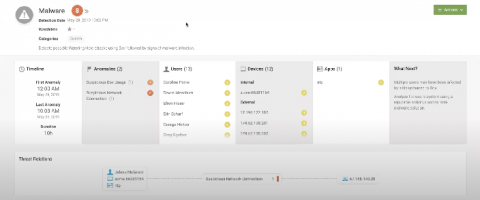How to protect your IT infrastructure from a Maze ransomware attack
Pitney Bowes, a global package delivery giant, has been hit by a second ransomware attack in less than seven months, according to ZDNet. Those responsible for the attack have released screenshots portraying directory listings from inside the company’s network. What is Maze ransomware and what makes it so special?









